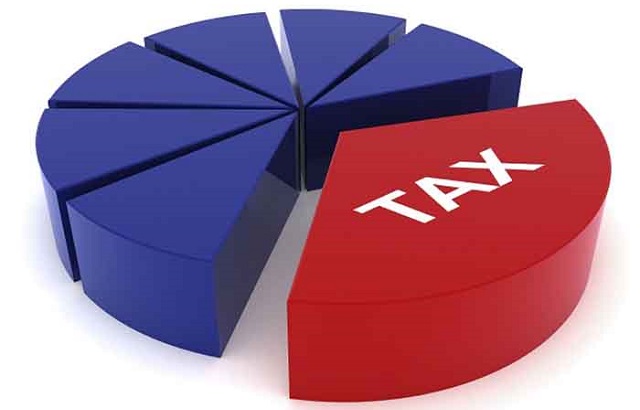HM Revenue and Customs has confirmed that it has not yet changed its interpretation of how top slicing relief is charged, despite a recent first tier tribunal decision involving a dispute over the tax implications of surrendering a savings bond.
The UK tax collector has until mid- June to appeal the adjudication which, according to Canada Life, has “widespread consequences to financial planning and avoiding unnecessary tax penalties”.
Top slicing relief is available to mitigate a higher rate or additional rate income tax liability arising as a result of a chargeable event gain being added to the taxpayer’s total income.
The case
The recent tribunal ruling involved an investor, Marina Silver, who had surrendered an international bond for a gain of £110,721.93, and this was added to her income of £31,101, which neither party disputed.
However the case hinged on calculating the relief Silver was entitled to following the introduction of the personal savings allowance and the starting rate band for savings income.
As the bond had been held for 21 years, Canada Life said the top-sliced gain was £5,272.43, meaning that her hypothetical income was below the £100,000 threshold.
In HMRC’s view the personal allowance, personal savings allowance and savings income band are not recalculated for the purposes of the hypothetical top slicing relief computation, as these allowances are based on actual income received in the year.
However, the tribunal ruled she was entitled to use her full personal allowance and, in this case, even though the surrender of the bond was before the introduction of the personal savings allowance and the starting rate band.
Canada Life said, as a higher rate taxpayer Silver’s entitlement to the personal savings allowance would have been £500: “However, her hypothetical income was within the basic rate band so, in theory, she would have been entitled to a personal savings allowance of £1,000.
“Likewise if Mrs Silver had held an international bond and had an income of say £8,000, would she be entitled to the £5,000 savings income band?
If she had lost her her personal allowance, Canada Life said, Silver’s non-earned income would use up the £5,000 savings band so it would be not available against her actual liability; however, could it be used to calculate the top-slicing relief as the personal allowance would be used against the £8,000 non-earned income, leaving the £5,000 to be used against the top-sliced gain?”
Safety first
Neil Jones, wealth and tax specialist at Canada Life, said: “At the moment we believe it should be safety first – clients and advisers should continue to calculate top slicing relief based on current HMRC practice in order to avoid any late penalties.
“They can then seek to recover the incorrect tax if how top slicing relief is calculated changes in the future.
“It’s likely that HMRC will either appeal the decision or seek to make the legislation clearer.”








